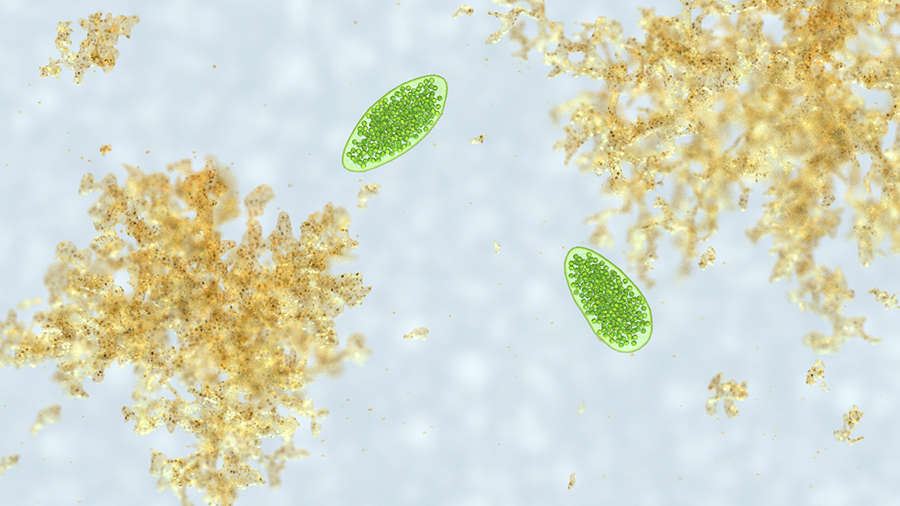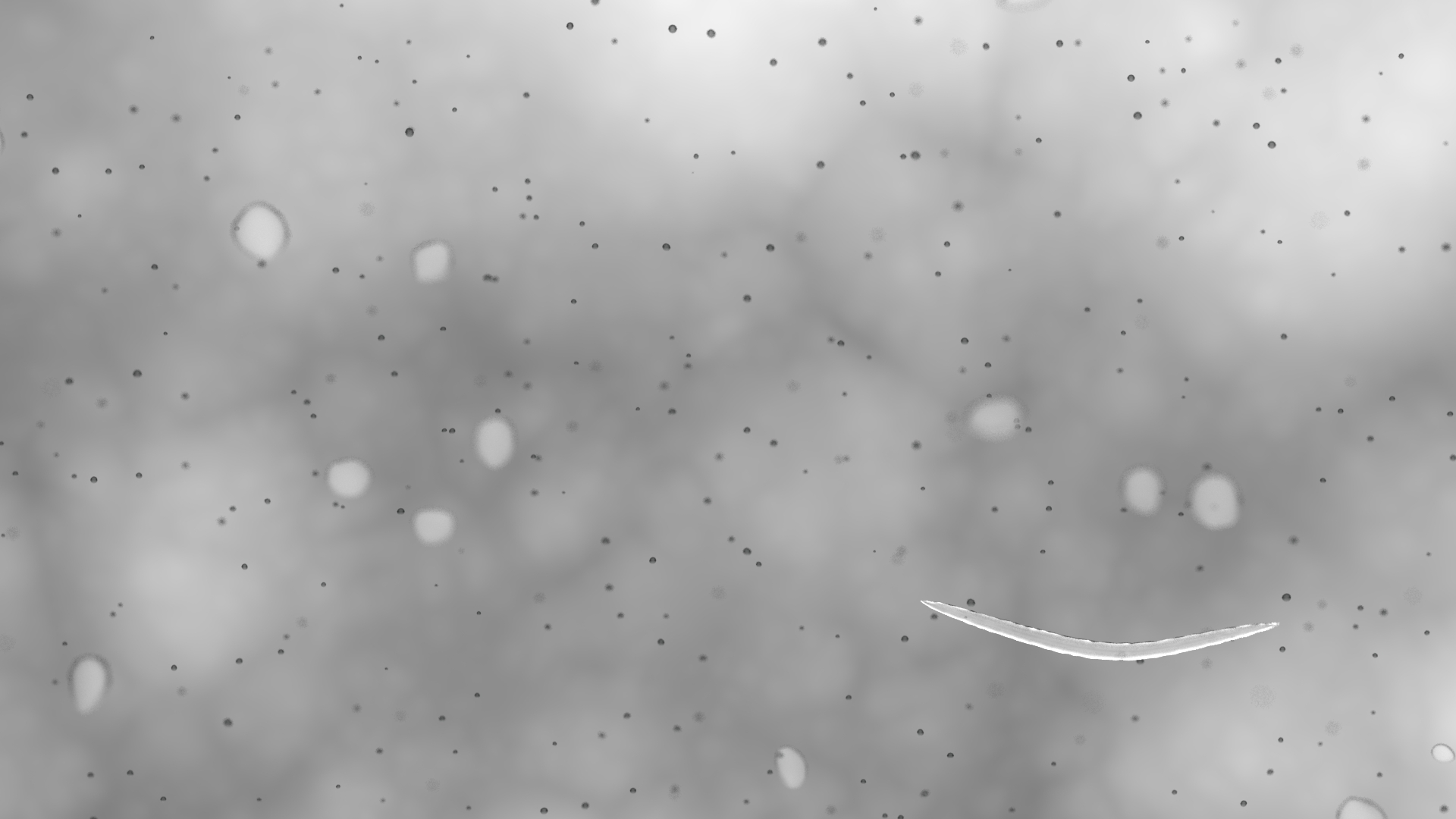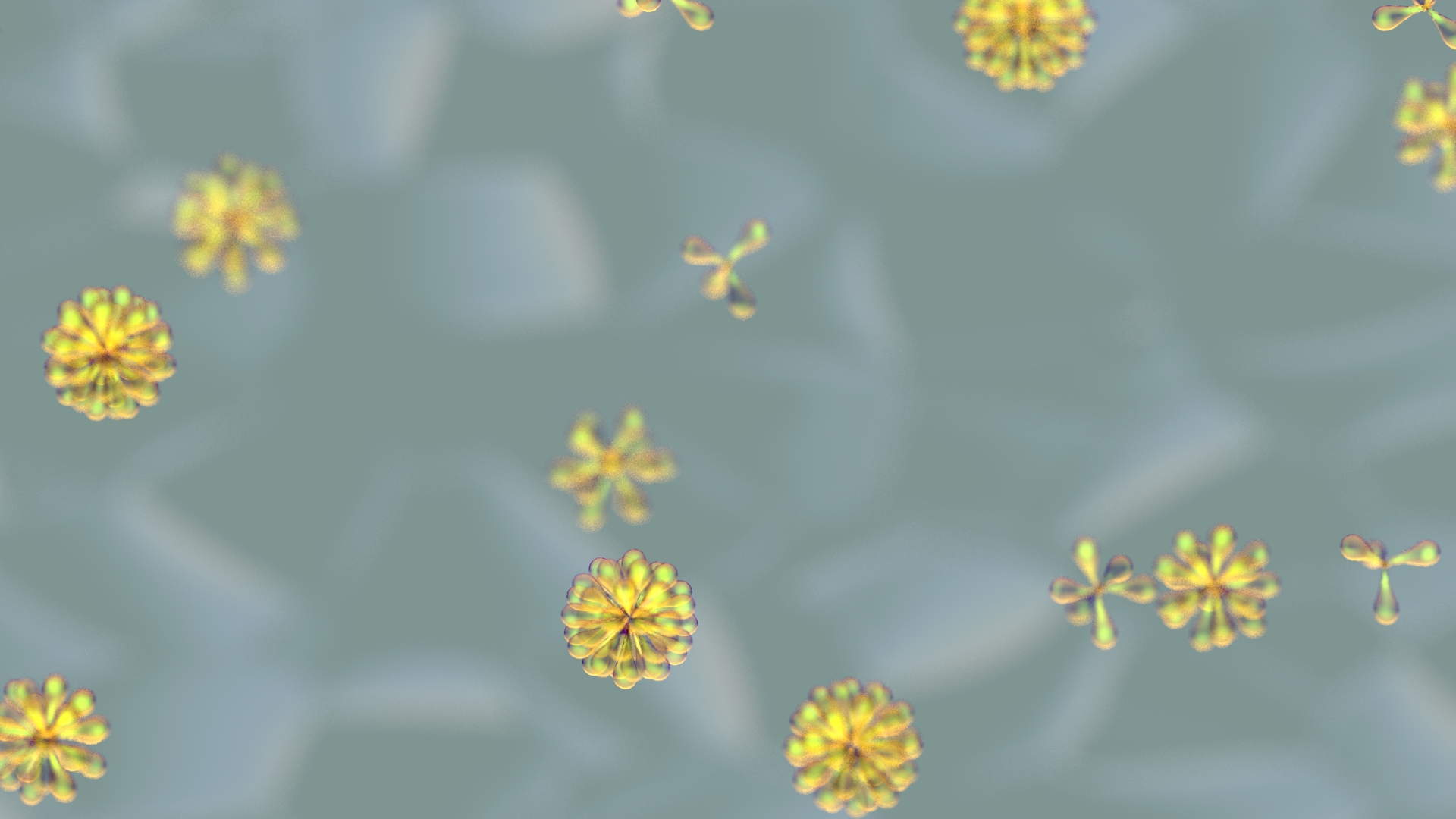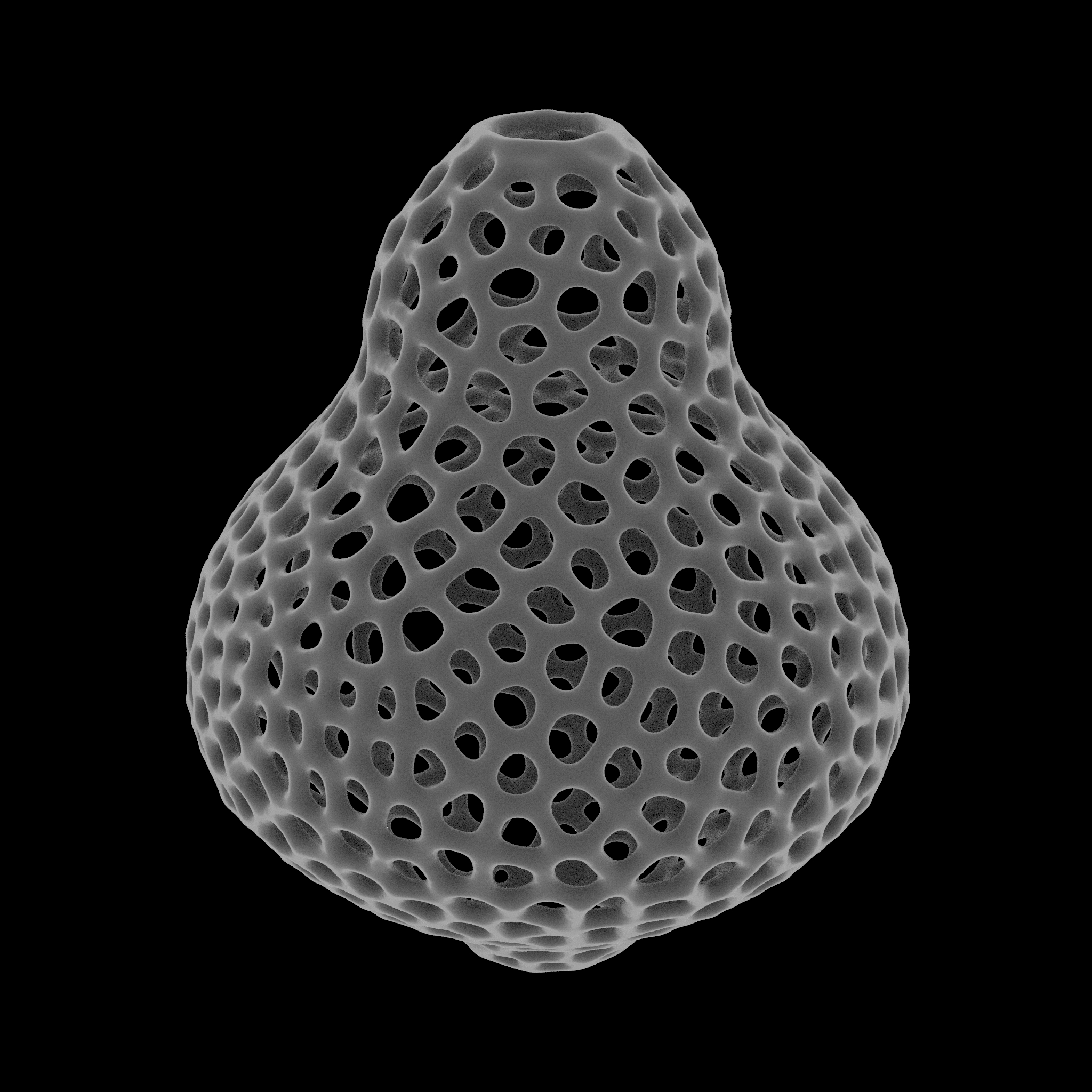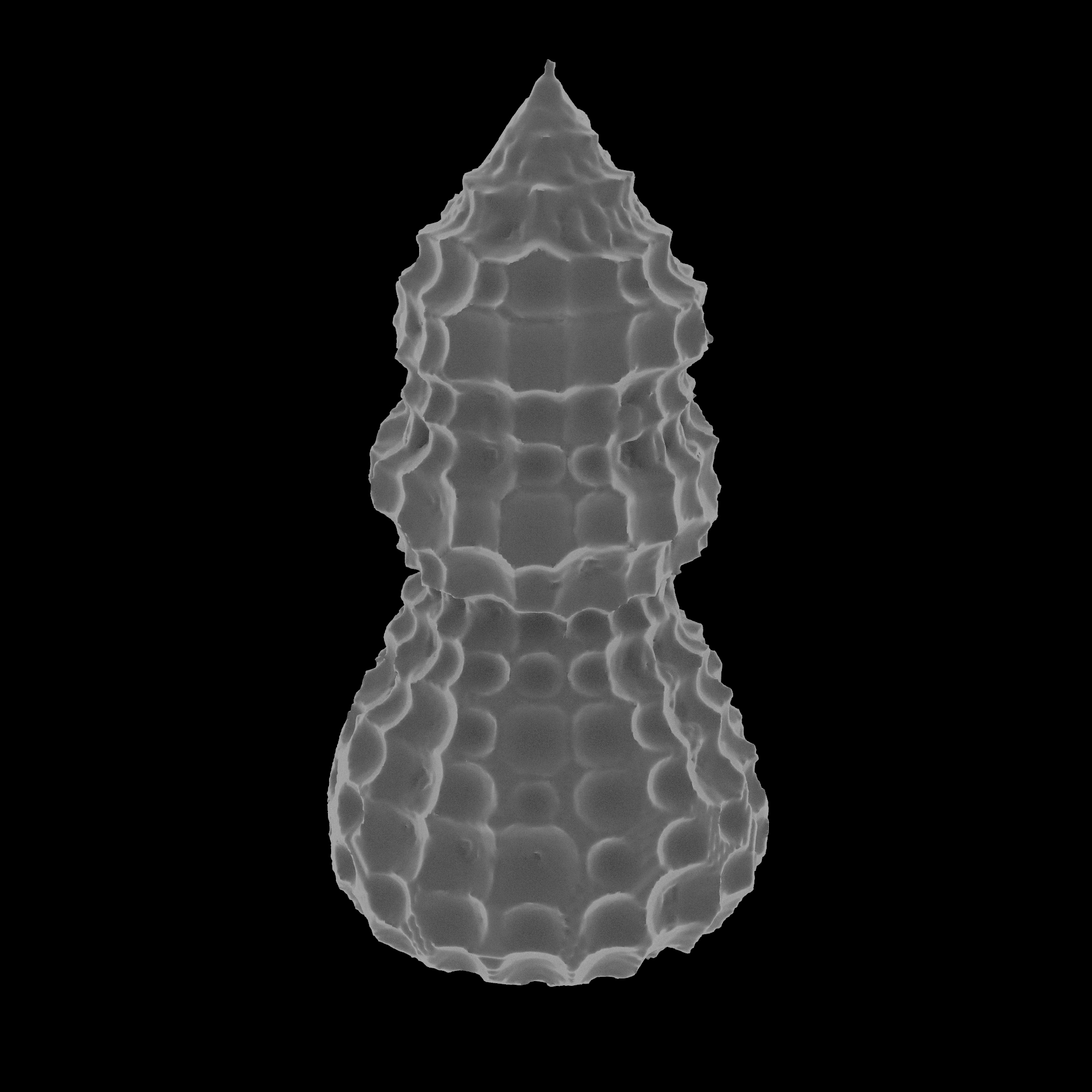Microbes
Modeling and animating microbes using sims and shaders
Overview
The world of microbes is an incredibly rich subject, scientifically and visually. I was inspired by David Goodsell, a research scientist and watercolor illustrator of cell interiors, as well as the informative and high resolution videos from Journey to the Microcosmos. Most of the modeling on the project relied on simple simulations of organic processes, and utilizing Houdini’s vellum system to emulate microbe membranes.
Paramecium
Paramecium are one of the most basic unicellular microbes. They are used as a model organism by scientists and called the “white rat” of ciliates. They move through the water with cilia, hair-like threads on the surface of their membrane. I modeled their movement by applying velocity while using real time collision with their environment. Not the most intelligent but enough to do some very basic simulation.
Nematode vs. Macrophages
Nematodes AKA roundworms are a phylum of worms. There are thousands of species at different scales, inhabiting almost every ecosystem on earth. Some are parasitic. Macrophages are a type of white blood cell that engulfs and digests foreign substances, microbes and other detritus. This animation was originally inspired by this youtube video.
Synura Colonies
Synura are a type of algae found in fresh water. They form spherical colonies, each synurid is an individual teardrop shape. They are a common plankton found in lakes and ponds.
Radiolaria
Radiolarians are protozoa that produce intricate mineral skeletons made of silica. They are found as zooplankton throughout the ocean, and their remains make up much of the cover of the ocean floor.
